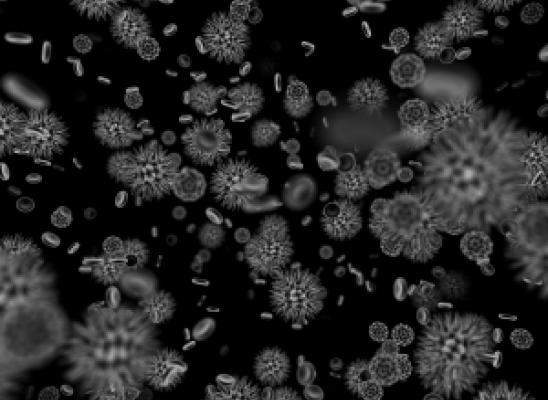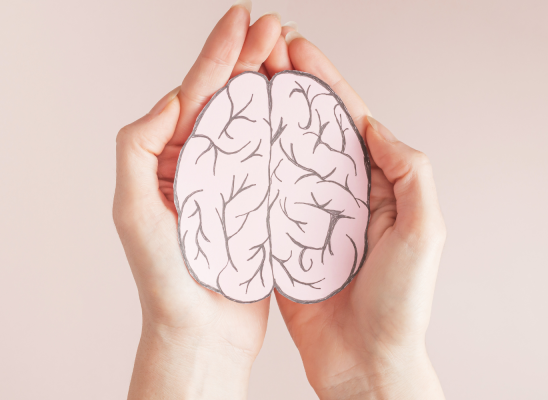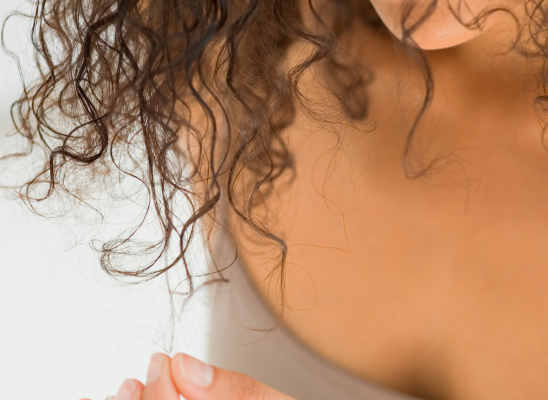The Symbolic Psychology of Trichotillomania

Online test
Find out the severity of your symptoms with this free online test
Trichotillomania, commonly referred to as hair pulling or “trich”, is a mental health disorder whose most salient characteristic is that of repetitive hair pulling that results in significant hair loss and emotional distress. It is most often considered through a clinical lens focused on compulsion and impulse control. However, when viewed more broadly, hair pulling carries layers of meaning that go far beyond the act of hair pulling or tension relief. Hair pulling has sensory, ritualistic, and symbolic aspects of this behavior that, when viewed through a broader lens, can provide a richer, more compassionate understanding of its meaning in a person’s experience.
The Sensory Focus of Hair Pulling
For many people with trichotillomania, the act of hair pulling is not merely habitual but a deeply sensory experience. The texture of the hair, the sensation of pulling it from the follicle, and the tactile feedback of rolling, rubbing, or even biting the hair can all be intensely satisfying.
The sensory component extends beyond touch. Some people find satisfaction in the visual examination of the hair, the feel of the follicle slipping out of the skin, or even the sound it makes during removal. These sensory experiences are often deeply calming or gratifying. But they also serve a greater purpose.
From a sensory integration perspective, behaviors like hair pulling may function as self-regulatory strategies. Research suggests that people with trich may struggle with sensory over-responsivity and seek specific sensory inputs to help balance their internal state. In this sense, hair pulling is not merely an impulsive act but a meaningful response to internal sensory or emotional dysregulation.
Rituals Associated with Hair Pulling
Beyond the act of pulling, many people engage in elaborate rituals involving the hair they’ve pulled. Some common pulling rituals include:
- Examining the hair: Individuals may study the hair's root, texture, or color in great detail.
- Rolling or manipulating: Rolling the hair between their fingers, run it along their lips, or create small tactile patterns with it.
- Chewing or ingesting hair: They may chew or bite the hair they’ve pulled. In a phenomenon known as trichophagia, a person ingests the hair they’ve pulled. This behavior can lead to serious medical complications including blockages of hair known as trichobezoars.
- Storing hair: Some people collect pulled hair, creating hidden collections over time.
Research suggests that people with trich have different pulling styles, emotional experiences and reinforcement patterns. These behaviors often follow a set pattern and can bring a sense of predictability, comfort, and personal meaning. They are not random or purely compulsive; they represent organized, repeated responses to internal needs, often performed with great attention to detail.
Symbolism In Hair Pulling
Psychological theories, particularly those from psychodynamic or Jungian traditions, suggest that repetitive behaviors often carry unconscious symbolic meanings.
Through a Jungian lens, hair pulling may tap into the collective unconscious, where hair holds archetypal power. Hair, across cultures, often symbolizes strength, identity, or vitality (e.g., the biblical story of Samson). Trichotillomania might be seen as an archetypal struggle, perhaps unconsciously rejecting societal expectations or confronting mortality. The shadow self, repressed impulses or shame, may emerge in the act, demanding acknowledgment through the body’s quiet rebellion.
Psychodynamically, the rituals of trichotillomania may represent a dialogue with the inner child. Examining or eating hair could be a regression to oral fixation, a search for comfort rooted in infancy. Storing hair might symbolize a hoarding of identity fragments, a refusal to let go of a self under siege. These behaviors are not random; they’re laden with meaning, a coded map of unresolved conflicts or unprocessed grief.
Other symbolic interpretations might include:
- Control and mastery: In a place of feeling powerless or overwhelmed, hair pulling may represent a small, tangible act of control over one’s own body.
- Self-soothing and integration: Pulling or manipulating pulled hair may a deeper need to internalize and soothe fragmented aspects of the self.
- Processing complex emotions: Rituals associated with hair pulling may serve as an attempt to process difficult emotions such as anxiety, anger, sadness, or shame that might be hard to express openly.
- Symbolic connection to identity: Pulling and ritualizing hair may reflect struggles with self-image, autonomy, or personal transitions.
What’s Your Experience?
If you’re wondering what meaning your pulling might hold, here are some questions you can explore:
- What sensations am I seeking through pulling?
- What emotions do I experience before, during, and after pulling?
- Are there symbolic meanings attached to my rituals that I have not consciously recognized?
- What other ways could I meet the sensory or emotional needs that hair pulling currently satisfies?
There are no right or wrong answers. Hair pulling is a highly personal experience. A great way to explore deeper meaning is journaling. It offers you a place to express and reflect upon your experiences. If you are curious about learning more about deeper meaning, a therapist trained in these approaches can help you explore this aspect of your hair pulling.
Moving Forward
Understanding the symbolic layers of hair pulling does not minimize the challenges that living with hair pulling presents. However, looking beyond the act of pulling offers another layer of insight into this complex disorder and what meaning it holds for a person. A broader, more comprehensive view can aid in developing more personalized treatment approaches that recognize unique underlying needs and support more effective treatment outcomes.
References
1. Moreno-Amador, B., Cervin, M., Martínez-González, A. E., & Piqueras, J. A. (2023). Sensory Overresponsivity and symptoms across the obsessive-compulsive spectrum: Web-based longitudinal observational study. Journal of Medical Internet Research, 25, e37847. https://www.jmir.org/2023/1/e37847/
2. Trichotillomania (hair-pulling disorder) - Symptoms and causes. (2022, May 17). Mayo Clinic. https://www.mayoclinic.org/diseases-conditions/trichotillomania/symptoms-causes/syc-20355188
3. Hicks, M. M., Mouton-Odum, S., Patyk, K. C., Zamora, R. J., & De Nadai, A. S. (2023). Latent class analysis of emotions experienced during compulsive hair-pulling episodes. Journal of behavior therapy and experimental psychiatry, 81, 101882. https://pubmed.ncbi.nlm.nih.gov/37331096/
4. The Collected Works of CGJung Part 1: Archetypes and The Collective Unconscious. (n.d.). https://www.jungiananalysts.org.uk/wp-content/uploads/2018/07/C.-G.-Jung-Collected-Works-Volume-9i_-The-Archetypes-of-the-Collective-Unconscious.pdf
5. The psychodynamic significance of trichotillomania: A case study. (n.d.). Rivista di Psichiatria. https://www.rivistadipsichiatria.it/archivio/2954/articoli/29698/
Online test
Find out the severity of your symptoms with this free online test
Start your journey with TrichStop
Take control of your life and find freedom from hair pulling through professional therapy and evidence-based behavioral techniques.
Start Now



